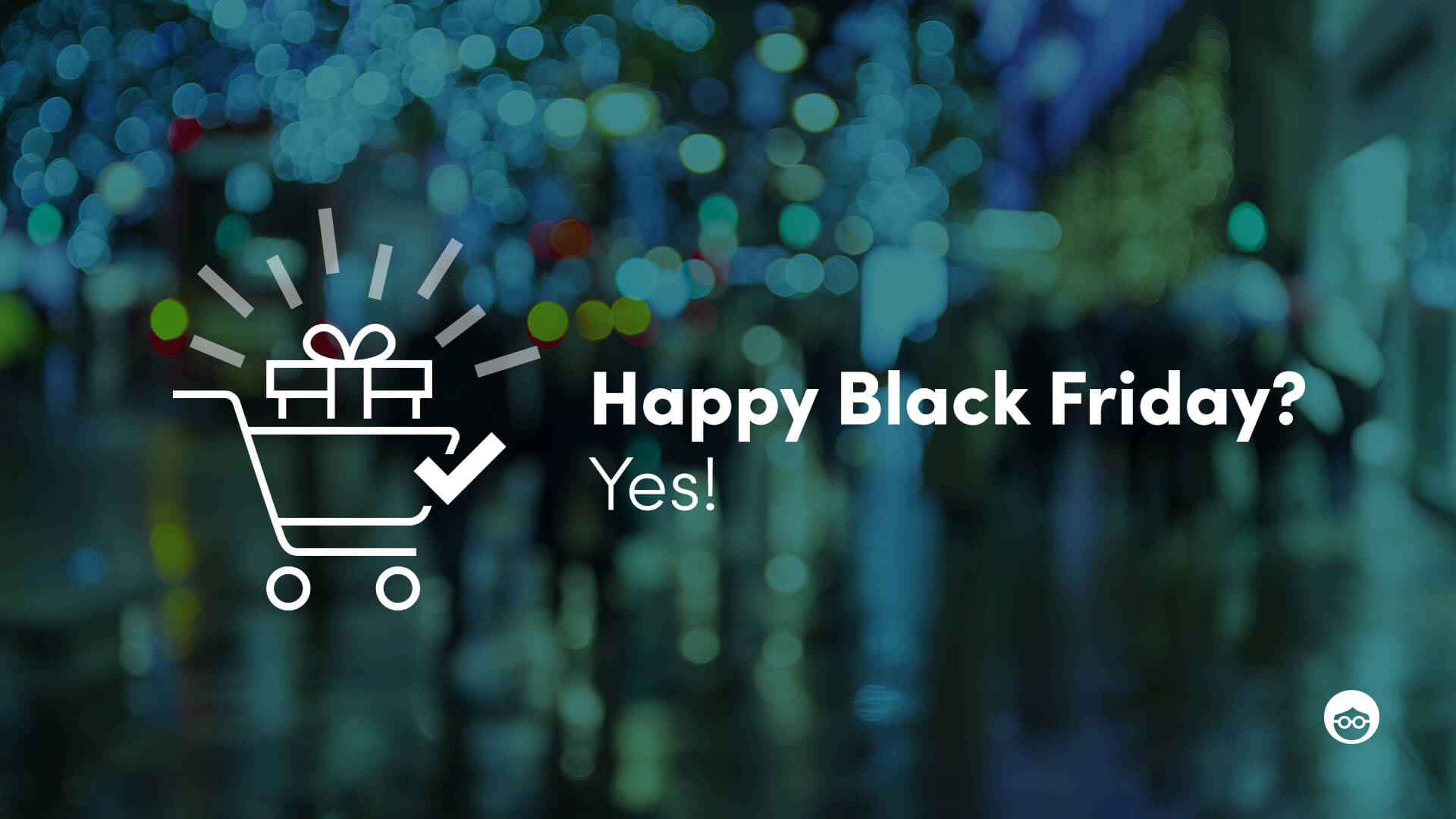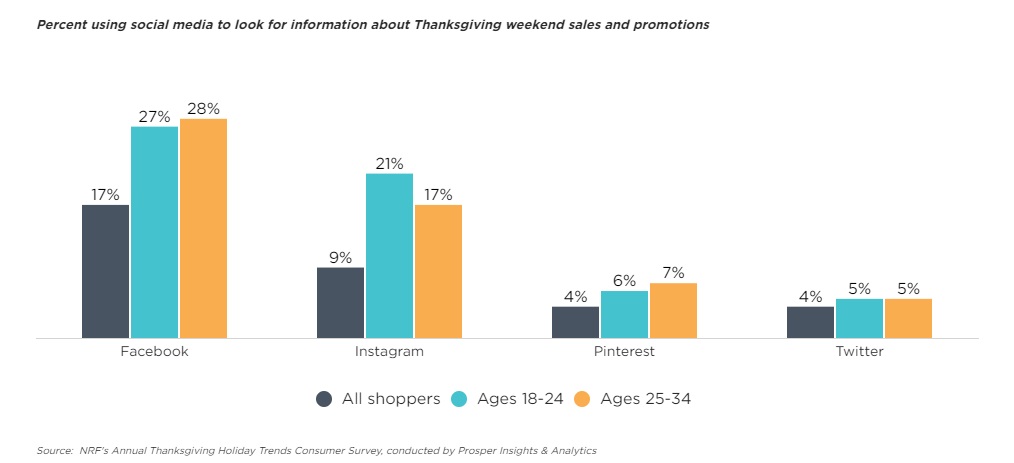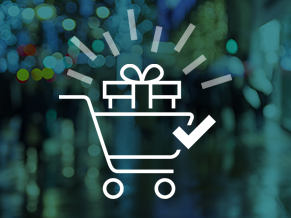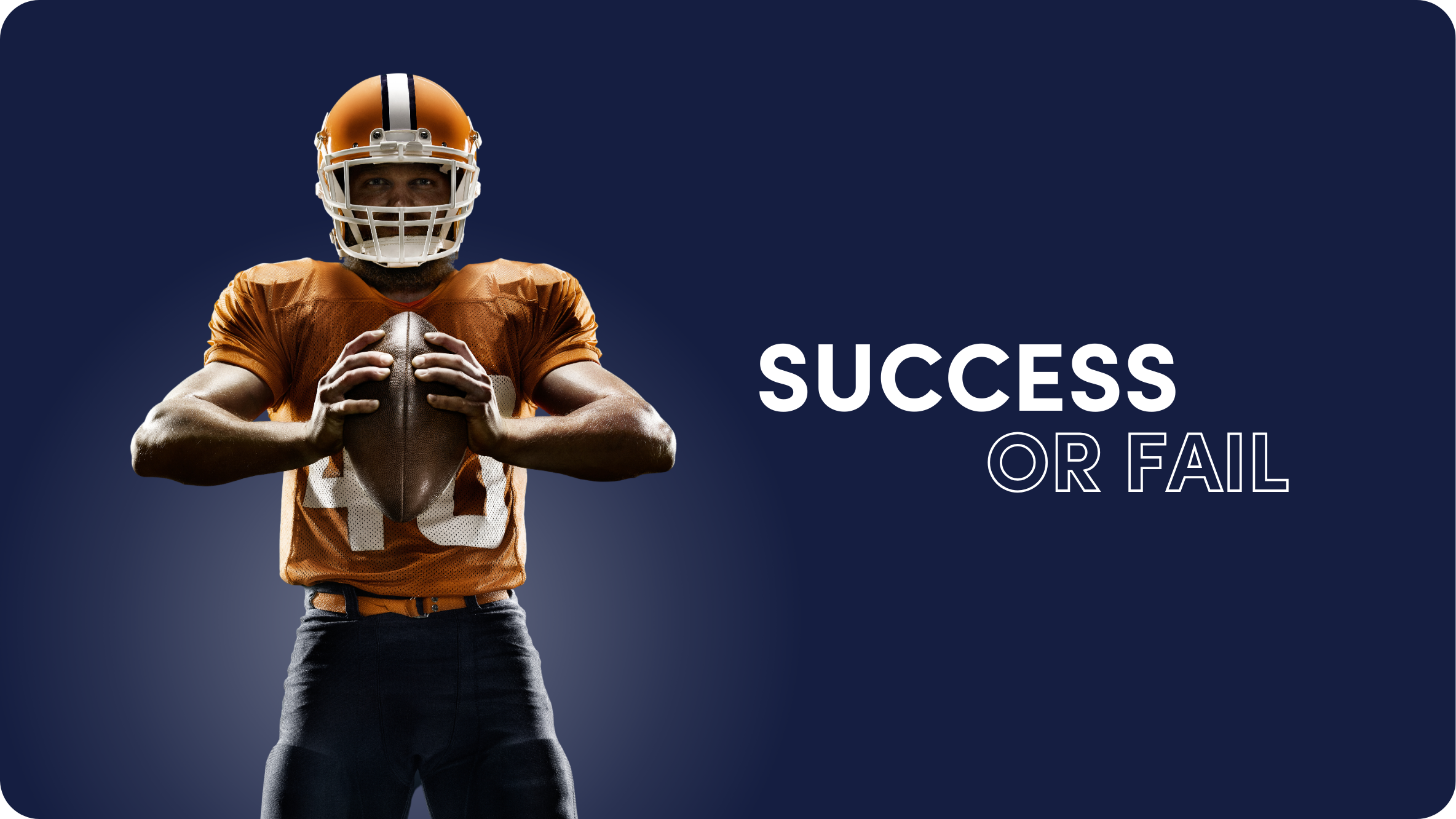Planning Your Black Friday (and Cyber Monday) Marketing Strategy

If you work in sales and marketing, there’s no bigger day of the year than Black Friday (and Cyber Monday of course). Last year in the US, 165 million consumers shopped in-store or online during Thanksgiving week. Cyber Monday was the most popular day for online shopping, with 67.4 million shoppers, while Black Friday was the most popular for in-store purchases, with over 67 million hitting the stores.
Once, Black Friday was all about swamping department stores and (literally!) grabbing bargains from the shelves. Today, thanks to the internet, the Thanksgiving shopping frenzy covers all types of shopping: online, retail and even B2B. It’s no longer just about the B2C end consumer. B2B software, SaaS, business tools and other B2B companies are taking advantage of the big spend, offering special deals and discounts to their customers too.
Get your free guide to Holiday Marketing – How to Gain (and Retain!) Holiday Customers
Strategies for Ecommerce vs. Retailers vs. B2B
It goes without saying that ecommerce sellers, retailers and B2B marketers will all need to create Black Friday marketing strategies that perform best in their industry. Let’s see some of the differences in the strategic planning process for each type of Black Friday marketer:
Ecommerce:
Online shopping is growing by leaps and bounds year on year. 2018 saw a 23.6% increase in online Black Friday sales, compared to 2017. Ecommerce companies are operating in an extremely crowded and competitive marketplace. The most effective way to plan online campaigns is by analyzing and testing website metrics, sales data, and online customer behavior to determine what’s hot and what’s not.
Ecommerce stores can use paid ads and native advertising to gain more exposure among targeted audiences in the leadup to Thanksgiving. Apart from the obvious discounts and sales, you could request potential customers to enter their personal information in exchange for a Black Friday coupon for your web store. In this way, you not only potentially make a sale, but you also accumulate customer data for future campaigns. Consider sending Black Friday promotion emails and reminders to your existing customer list, with exclusive offers for people who have purchased previously at your store. Here are some great tools for email marketing, on Black Friday and all year round.
Retailers:
Retailers operating brick-and-mortar stores must consider in-store design themes for the Thanksgiving sales period, including decorations, sales stands, window dressing and more. However, with the massively increasing popularity of online browsing and BOPIS (“buy online, pick up instore”), if you are a retailer, you should also consider taking a multi-channel approach to your Black Friday marketing strategy. In fact, 59% of shoppers use their mobile devices while in store to research products, compare prices, and search for special deals and offers. It is critical that your site is optimized for mobile. Make it easy for customers to find and view your inventory online, and of course, make sure to align your online brand identity with your chosen Black Friday theme instore. It is really important to give customers a consistent and logical experience with your brand, both online and offline. Check out these tips for building a multi-channel content marketing strategy.
B2B:
While Black Friday marketing strategies tend to focus on B2C consumers, B2B marketers are looking for ways to boost their Thanksgiving period sales by riding on the coattails of the consumer mood. An important factor to consider is that B2B sales are not usually “impulse buys”, as consumer purchases so often are. Rather, B2B purchasing is often a result of a long process involving an average of 6-10 decision-makers. B2B marketers need to take a longer view of their Black Friday marketing strategies, by starting campaigns early, and by providing potential customers with ample time to get to know the product before being offered the temptation of a Black Friday offer.
Kickstart your B2B campaigns for Black Friday with valuable gated content, such as ebooks, articles, and whitepapers, to create potential customer lists and build up momentum as you get closer to Black Friday. Then, you can approach these leads in time for Black Friday with an irresistible deal. Native advertising is the ideal way to promote long-form content, as it specifically targets audiences when they are in ‘discovery mode’, and are primed to learn about your product or service.
Tactics for Successful Black Friday Marketing Campaigns
Once you’ve developed your Black Friday marketing strategy, you need to focus on the marketing activities that will generate brand awareness and interest in your Black Friday offers among your target audience. Here are 4 useful tactics you can try:
1. Check Black Friday sales data from last year.
The best way to know where you are going is to know where you’ve been. This is very true in performance marketing. Take a look back at last year’s Black Friday sales data so you can assess the most promising channels and tactics for this year. Examine questions such as: How much did you spend on Black Friday advertising? What was the ROI/ROAS? Take a look at your campaign data – how many impressions and clicks did you receive, what was the average CTR for the period or for specific campaigns, how about the conversion rate? What were your strong and weak points? What could you optimize to outperform last year’s results? Once you have a clear picture of last year’s successes, you can focus on the actual campaigns:
- Decide on your Black Friday deals: The excitement around Black Friday is all about the deals. People want bargains, and on Black Friday, that’s what you need to offer. Which products or services can you discount in order to maximize your profits?
- What promotions will you offer?: Promotions don’t just have to be in the form of straight discounts. How about buy one, get one free? Or free shipping? Perhaps an extra gift with purchases over a certain amount. The possibilities are endless – take a close look at your offerings and see what kinds of promotions can bring you the most value.
2. Take advantage of social media.
According to the National Retail Federation, consumers are increasingly using social media to get inspiration and ideas for Black Friday shopping. Among all surveyed age groups, Facebook leads the way, with Instagram next in line. For ecommerce and traditional retailers, strong social activity in the leadup to Black Friday is crucial to driving awareness, interest, and engagement. An effective way to gain traction in your social media posts is by using Black Friday #hashtags and buzzwords, which are the highest performing SEO keywords in your industry or niche. These will help build your organic reach and drive traffic to your website and social media pages.

3. Create a landing page.
Black Friday is not the time to be shy with your sales campaign. During the busiest and most competitive shopping season of the year, you need to stand out and make sure potential customers pay attention to your message. Create a landing page specifically for Black Friday to entice your target audience and divert them to your website. Craft powerful messages and creatives. For the Black Friday season, bold colorful designs and large, clear fonts are what you are aiming for. Consider adding a countdown to Black Friday clock to create anticipation. Explore the best practices for headlines and images, and adapt them with Black Friday themes. One of the most important things you can do is to make sure you explain your offer in the most direct possible way. Add phrases like “50% off”, or show your prices slashed with the discount prices alongside. Here’s an article to help you create the perfect landing page for your Black Friday marketing strategy.
4. Remarket to shopping cart abandoners.
Shopping cart abandonment is a major source of stress for marketers. Today, cart abandonment rates stand somewhere around 70%. Fully two thirds of people who fill their shopping cart online don’t go through with the purchase.
During the Black Friday season, the stakes are high. Customers who abandoned their shopping carts are hot leads, as they have already proven their desire to convert by loading up their shopping cart. The reason they abandoned it is something you can never really know. However, you can attempt to entice them with valuable discounts or offers that just might make them change their mind. What’s more, during the Black Friday season, consumers are primed to purchase – they have their “Buy” switches on!
Remarketing to already-interested customers, with a direct and enticing offer, is a great Black Friday marketing strategy to try out. How to do it? Create retargeting lists based on customers who abandoned their cart in the 2 to 4 weeks leading up to Black Friday. Then, you can target them with online ads or emails offering a Black Friday discount. Check out this retargeting guide to help you get started.
Black Friday and Cyber Monday, collectively known as “Cyber Weekend” is the busiest time of the entire shopping year. Make sure to take advantage of this lucrative period with strategies to suit your business type, niche and target audience. Need some extra help? Download our Holiday Marketing Guide for the latest data-based stats and tactics to build your best Black Friday campaigns.









